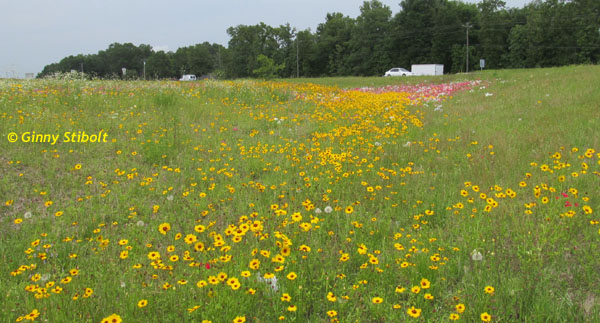Transitions in the garden
There's always something going on in the vegetable gardens. I finally removed the old broccoli plants that had been keeping us supplied with all the broccoli we wanted for six months. When I removed these gnarly plants, I noticed that two of them had produced a bunch of sprouts from the roots. I have separated out the sprouts and have planted them in a large pot, which I placed in the shade. Will they last through the long, hot summer?
I sowed the seed for the original broccoli plants on Labor Day. I'd also planted a second crop in late January; these six new plants are continuing to produce come-again broccoli spears. The new plants will stay in the ground for a few more weeks, but had I known how productive that first crop was going to be, I might have used that garden space for something else.
 |
| This huge cabbage was very dense and very sweet. What a treat! |
Meanwhile, I have a few heads of cabbage to deal with. The cabbage in the photo to the left was quite heavy and when my husband cut into the head, we both marveled at how dense it was. Even though it's the end of the cool-weather crop season, this cabbage was the sweetest one this year.
The first dish made from this head was a cabbage, vegetable soup with lots of carrots and onions. After the first servings, we've been enjoying the soup cold and will be eating it for several days. I guess we could freeze it and move on to something else, but we're not upset by repeats of the same dish. We'll probably create a cole slaw or pseudo-Chinese cabbage salad with the other half of the head.
I gave a neighbor a smaller cabbage that was also ready and there are two others still in the garden that will be ready soon. How much cabbage do we need is the question.
Here's an article on the vegetables to grow to save you the most money. Some crops, they say, are not worth the trouble on a purely economic scale: Growing the Right Vegetables Saves $$. What do you think? Do you grow stuff to save money or do you grow it because it's fresher and and more nutritious? Many people have said that growing edibles is like printing money.
Elsewhere around the garden
 |
| A Florida native, arrowwood (Viburnum dentatum) planted itself out next to the front pond and in several other mostly shady areas. |
 |
| Buttonbush (Cephalanthus occidentalis) growing out by the front pond. Doesn't the flower head of this native shrub look kinda like a Sputnik? |
 |
| A confused late purple aster (Symphyotrichum patens) has been blooming twice each year since I planted it three years ago. I thought it would just happen once as part of its adjustment after my planting it, but no, both the butterflies and I get to enjoy it twice as much! For more information on this drought-tolerant native see Hawthorn Hill's website. |
Keep cool in the garden now that summer is here and drink plenty of water! I'm done gardening these days by 10am.
Green Gardening Matters!
Ginny Stibolt















.jpeg)














